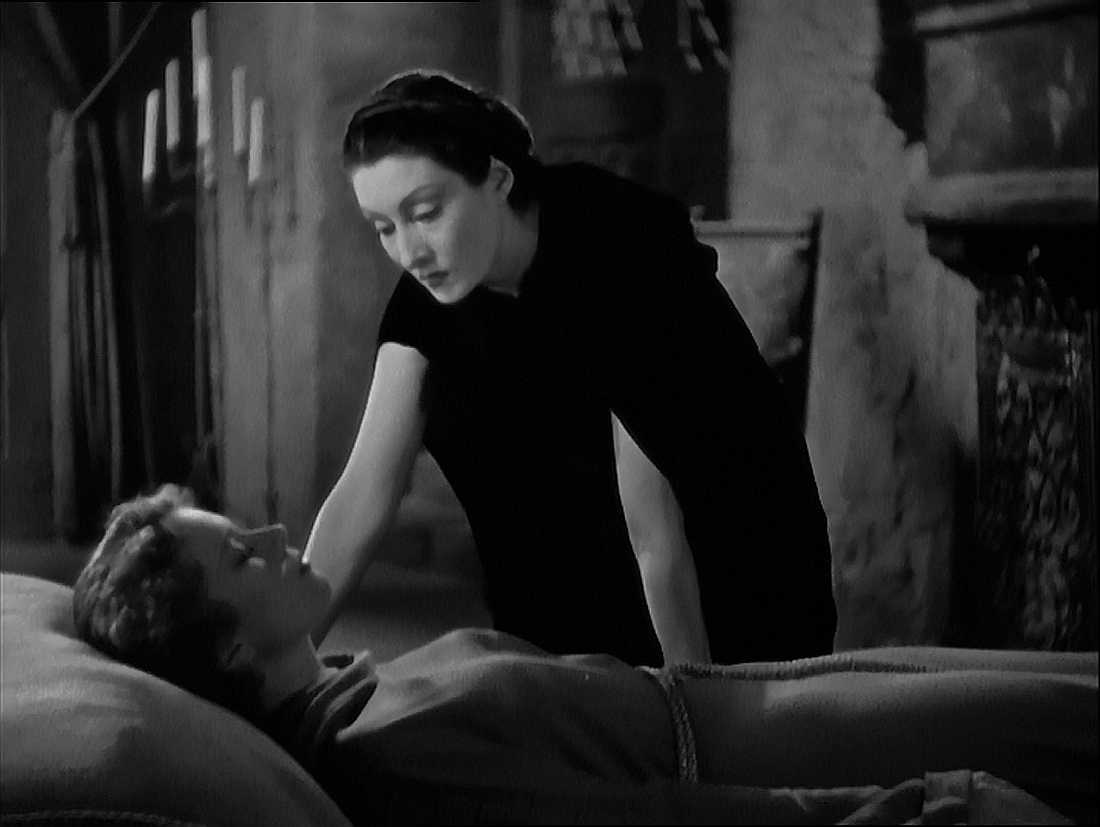“Professionals tend to define independence in terms of self-care activities such as washing, dressing, toileting, cooking and eating without assistance. Disabled people, however, define independence differently, seeing it as the ability to be in control of and make decisions about one’s life, rather than doing things alone or without help.”
— Michael Oliver quoted by Sunny Taylor in The Right Not To Work: Power and Disability
I looked up Sunaura Taylor after enjoying her discussion with Judith Butler in the movie Examined Life. They talked about walking as it related to disability and gender issues, and about the politics of helping each other and asking for help. At one point they stopped into a thrift store to get a sweater for Sunaura, which was suddenly revealed as a Queer Eye make-over scene such as I have occasionally wished for. Queer shopping with politics intact; it was quite beautiful! I had a little thrill, there in the cinema.
Part of the thrill was seeing the two of them act out an interdependent version of shopping, with Judith helping Sunaura try things on and the store clerk adjusting her usual check out techniques. It was very clear that all of the people benefited from working together, and it was also clear that to accomplish that they had to work outside of usual store policies and etiquette expectations.
I have been finding affirmations of interdependence in a lot of different sources lately, and they really cheer me up. I’m hunting for ways to resist competition and hierarchy without resorting to competitive tactics, and in the meantime it is very encouraging just to watch people cooperate within structures that are set up to facilitate competition. Life affirming.
Taking a different angle on accepting all of us instead of competing to find the winners, here is another quotation from that essay. This is especially for Erin and anyone else who is into working less.
The right not to work is the right not to have your value determined by your productivity as a worker, by your employability or salary… What I mean by the right not to work is perhaps as much a shift in ideology or consciousness as it is a material shift. It is about our relation not only to labor but the significance of performing that labor, and to the idea that only through the performance of wage labor does the human being actually accrue value themselves. It is about cultivating a skeptical attitude regarding the significance of work, which should not be taken at face value as a sign of equality and enfranchisement, but should be analyzed more critically. Even in situations where enforcement of the ADA and government subsidies to corporations lead to the employment of the disabled, who tends to benefit, employers or employees?
One more, because I really like this question:
The minority of the impaired population that does have gainful employment are paid less than their able-bodied counterparts and are fired more often (and these statistics are more egregious for disabled minorities). To ensure that employers are able to squeeze surplus value out of disabled workers, thousands are forced into dead-end and segregated jobs and legally paid below minimum wage (for example, in the case of “sheltered workshops” for those with developmental disabilities). The condescension towards the workers in such environments is severe. Why should working be considered so essential that disabled people are allowed to be taken advantage of, and, moreover, expected to be grateful for such an “opportunity”?
